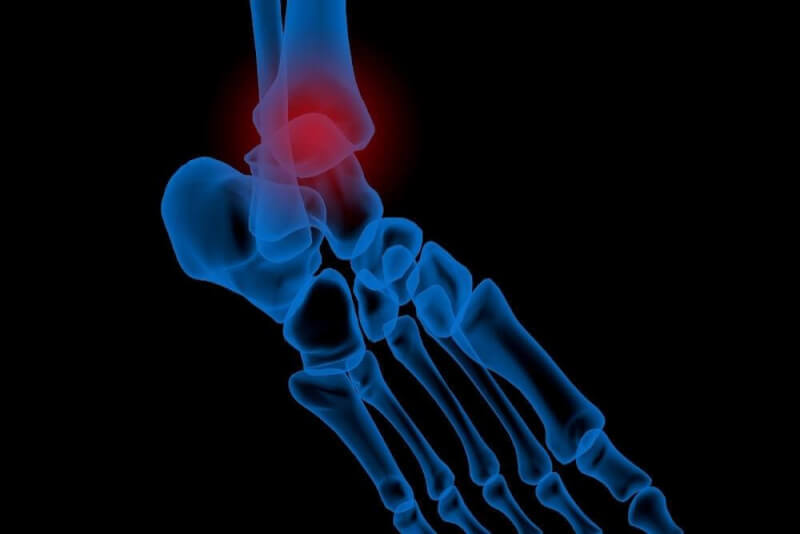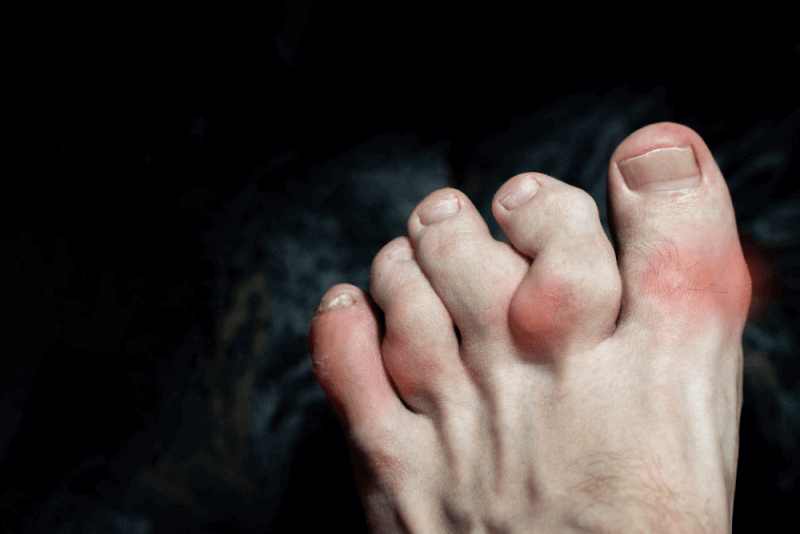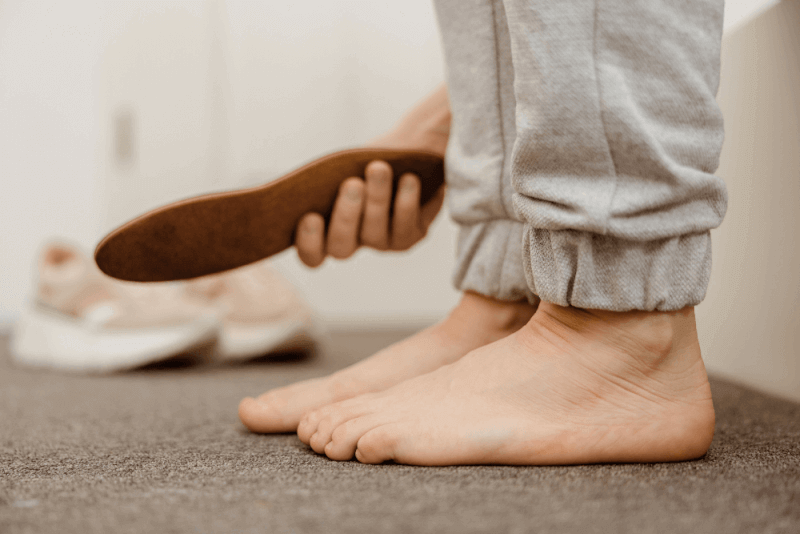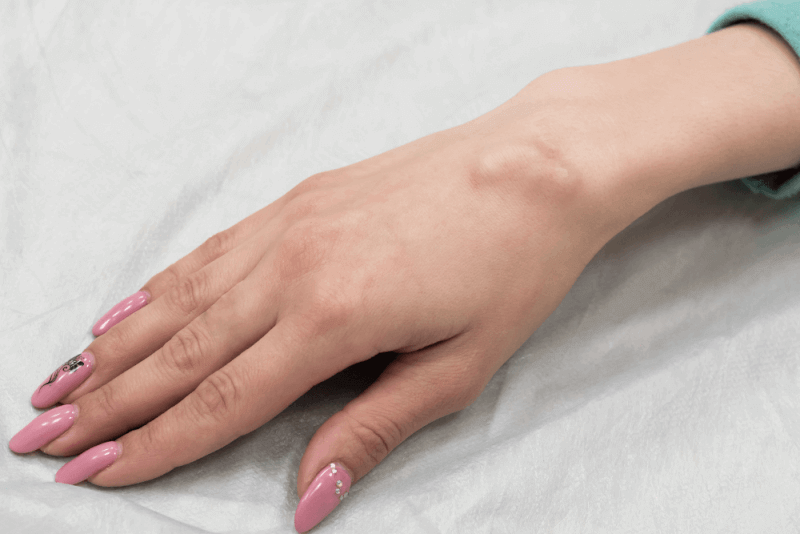What is ankle arthroscopy?
The ankle region is a hinge-type mobile region consisting of cartilage, connective and bone tissues. Ankle arthroscopy is used in the diagnosis and treatment of sports injuries and traumas in this region as well as congenital foot problems.
A device called a scope is inserted between the tissues mentioned above. In addition to the camera, this device also has other hand tools that make it possible to carry out operations. In this way, diseases in the ankle area can be clearly diagnosed and, if necessary, the necessary interventions can be applied for treatment.
Ankle arthroscopy is mainly examined in two regions: the anterior ankle and the posterior ankle. It is decided which type to apply according to the problem area. In the case of a posterior ankle procedure, the incisions required for the operation are made on both sides of the Achilles tendon.
Physical therapy after ankle arthroscopy
Regular physical therapy after ankle arthroscopy and the patient's strict adherence to the doctors' recommendations have a significant impact on the success rate of the surgery. After ankle arthroscopy, the doctor visits the patient and provides the necessary information about ankle positioning and mobilization. With this first visit, the physical therapy process begins.
Afterwards, bedside exercises and physical therapy processes continue. Finally, treatment continues with physiotherapists. After the operations, patients can return to their daily lives within a few days. However, it is necessary to wait 1 to 2 weeks for return to work. In addition, physical therapy should be applied for 6-8 weeks to start sportive activities.
Ankle arthroscopy recovery
Pain in the operation area can be seen in the first 12 hours after ankle arthroscopy, which can be performed with different types of anesthesia. In the absence of ankle reconstruction or cartilage resuscitation, patients can walk on the operated foot on the same day. However, in case of ankle ligament reconstruction surgery, patients should not step on their operated feet for 3 weeks. In addition, it is important for patients not to step on their feet for 2 weeks in case of microfracture operation.
In addition, as with other joint diseases, patients should start the rehabilitation process immediately after ankle arthroscopy. The rehabilitation process is started at the bedside immediately after surgery and continues 2 weeks after surgery with a physiotherapist. Physiotherapy accompanied by a physiotherapist continues for 1 month.
Thanks to the closed surgical methods, the patient's return to daily life is faster than with the open method. In addition, patient satisfaction rates are higher with the closed method.
How is ankle arthroscopy performed?
In ankle arthroscopy, holes drilled in the anterior or posterior part of the ankle are used depending on the location of the problem. This allows access to the annex with cameras and other tools. This procedure, which is performed under spinal or epidural anesthesia, can also be performed under general anesthesia depending on the patient's condition.
In this method used in the diagnosis and treatment of joint diseases, surgical instruments called arthroscopy tower are used. Thanks to the closed procedure, the rehabilitation process starts quickly. After the operation, it is sufficient for patients to stay in the hospital for 1 day.
Risks of ankle arthroscopy
Ankle arthroscopy is a highly reliable method for the diagnosis and treatment of many different diseases. The procedures performed with ankle arthroscopy can also be performed with the open method. However, the closed method of foot arthroscopy is preferred because the healing process is shorter and there are fewer complications.
The most common complications of ankle arthroscopy are complications related to anesthesia. Apart from this, complications based solely on the method are rare and include the following.
- Cartilage damage
- Vascular damage
- Nerve damage
Benefits of ankle arthroscopy
Ankle arthroscopy has many disadvantages compared to open procedures. Among these advantages are the following.
- Faster recovery of patients
- A more aesthetic appearance after surgery due to the smaller scar
- Less pain sensation in the postoperative period
- Low risk of complications
- Physicians can see the problematic area more clearly
- Reduced risk of infection
- It makes the surgery comfortable.










